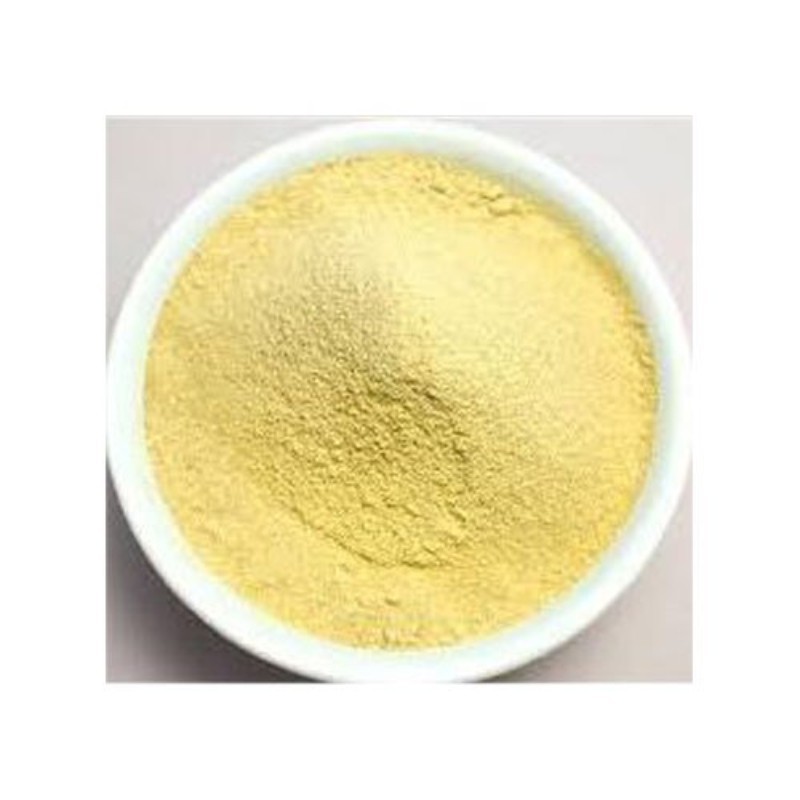
Price :
৳2500
Estimated Shipping Time: 3 Days
Product SKU: szJ4626dXA
| Form | Powder |
| Color | Yellow |
| Purity | 99% |
| Packaging Size | 25 Kg |
| Available Pack Size | Plastic Box/Can |
Our company has gained name and fame in presenting Carnauba Wax Powder.
Carnauba also called Brazil wax and palm wax, is a wax of the leaves of the carnauba palm Copernicia prunifera (synonym: Copernicia cerifera), a plant native to and grown only in the northeastern Brazilian states of Ceará, Piauí, Pernambuco, Rio Grande do Norte, Maranhão and Bahia.[1] It is known as the "Queen of Waxes".[2] In its pure state, it is usually available in the form of hard yellow-brown flakes. It is obtained by collecting and drying the leaves, beating them to loosen the wax, then refining and bleaching the wax.[3] As a food additive, its E number is E903.
Because it creates a glossy finish, carnauba wax is used in automobile waxes, shoe polishes, dental floss, food products (such as sweets), polishes for musical instruments, and floor and furniture waxes and polishes, especially when mixed with beeswax and turpentine. It is commonly used for paper coatings in the United States.[5] In its purest form, it was often used on speedboat hulls in the early 1960s to enhance speed and handling in saltwater.[citation needed] It is also the main ingredient in surfboard wax, combined with coconut oil.[citation needed]
Because of its hypoallergenic and emollient properties as well as its gloss, carnauba wax is used as a thickener in cosmetics such as lipstick, eyeliner, mascara, eye shadow, foundation, deodorant, and skincare and sun care preparations.[citation needed] It is also used to make cutler's resin.
It is the finish of choice for most briar tobacco and smoking pipes, as it produces a high gloss when buffed that dulls with time, rather than flaking off like most other finishes.
Because it is too brittle to be used alone, carnauba wax is often combined with other waxes (principally beeswax) to treat and waterproof leather products, where it provides a high-gloss finish and increases leather's hardness and durability.
It is also used in the pharmaceutical industry as a coating to make tablets easier to swallow. A very small amount (less than 1/100 of 1% by weight, e.g. 30 grams per 300 kg) is sprinkled onto a batch of tablets after they have been sprayed and dried; they are then tumbled for a few minutes to coat them.[citation needed]
In 1890, Charles Tainter patented the use of carnauba wax on phonograph cylinders as a replacement for the usual paraffin/beeswax mixture.
Carnauba wax may be used as a mold release agent for manufacturing fibre-reinforced plastics. An aerosol mold release agent is formed by dissolving it in a solvent. Unlike silicone or PTFE, carnauba is suitable for use with liquid epoxy, epoxy molding compounds (EMC), and some other plastic types, generally enhancing their properties[citation needed]. It is not very soluble in chlorinated or aromatic hydrocarbons.[6] It is used in melt/castable explosives to produce an insensitive explosive formula such as Composition B, which is a blend of RDX and TNT.
No Review Found.
Login To Comment